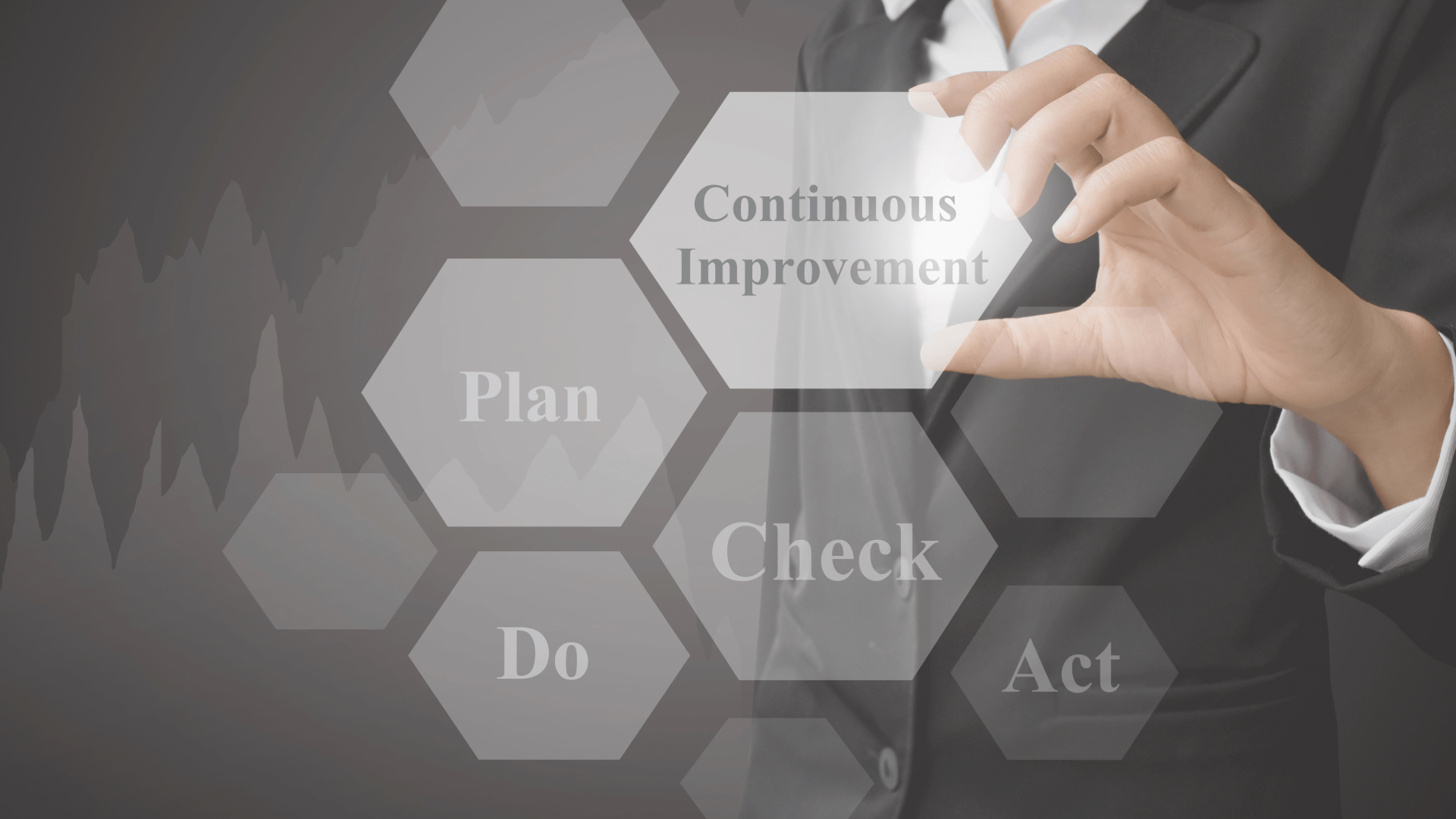Continuous Improvement: The Path to Excellence, In a world where change is the only constant, the ability to continuously improve is what sets successful individuals and organizations apart from the rest. Continuous improvement is more than just a business strategy; it’s a mindset and a culture that fosters growth, innovation, and excellence. In this blog, we’ll explore what continuous improvement is, why it matters, and how you can implement it in your personal and professional life.
What is Continuous Improvement?
Continuous improvement, often associated with the Japanese term “Kaizen,” is the practice of consistently seeking ways to enhance processes, products, or services. It involves a proactive approach to identifying inefficiencies and implementing small, incremental changes that lead to significant improvements over time.
Key Principles of Continuous Improvement
- Customer Focus: Understanding and meeting the needs of customers is at the heart of continuous improvement. Feedback and satisfaction are essential metrics.
- Incremental Changes: Small, manageable changes are easier to implement and sustain compared to large, radical transformations.
- Employee Involvement: Everyone in the organization should be encouraged to contribute ideas and participate in the improvement process.
- Data-Driven Decisions: Using data to identify problems, track progress, and measure success ensures that improvements are based on facts rather than assumptions.
- Long-Term Perspective: Continuous improvement is not a one-time project but an ongoing commitment to excellence.
Why Continuous Improvement Matters
Enhances Efficiency and Productivity
By regularly examining and refining processes, organizations can eliminate waste, reduce costs, and increase productivity. This leads to more efficient operations and better use of resources.
Fosters Innovation
A culture of continuous improvement encourages creativity and innovation. Employees feel empowered to suggest new ideas and solutions, leading to breakthroughs that can drive the organization forward.
Boosts Employee Engagement and Morale
When employees are involved in the improvement process, they feel valued and engaged. This boosts morale and fosters a positive work environment where everyone is motivated to contribute their best.
Improves Quality
Continuous improvement focuses on enhancing the quality of products and services. By addressing issues and making incremental changes, organizations can deliver superior value to their customers.
Strengthens Competitive Advantage
In a competitive market, the ability to adapt and improve continuously is a significant advantage. Organizations that embrace continuous improvement are more agile and better equipped to respond to changing market conditions and customer needs.
Implementing Continuous Improvement: A Step-by-Step Guide
1. Establish a Vision and Goals
Begin by defining a clear vision and specific goals for your continuous improvement efforts. What do you want to achieve? How will you measure success? Communicate this vision to your team and ensure everyone aligned with the objectives.
2. Create a Culture of Improvement
Foster a culture where continuous improvement is valued and encouraged. This involves training employees, promoting open communication, and recognizing and rewarding contributions to improvement efforts.
3. Identify Areas for Improvement
Use tools like SWOT analysis (Strengths, Weaknesses, Opportunities, Threats), customer feedback, and performance data to identify areas where improvements can be made. Prioritize these areas based on their impact on your goals.
4. Implement Incremental Changes
Develop and implement small, manageable changes that address the identified areas for improvement. Use methodologies like PDCA (Plan-Do-Check-Act) or DMAIC (Define-Measure-Analyze-Improve-Control) to guide your efforts.
5. Monitor and Measure Progress
Track the progress of your improvement initiatives using key performance indicators (KPIs) and other relevant metrics. Regularly review the data to assess the effectiveness of the changes and make adjustments as needed.
6. Sustain and Scale
Ensure that successful improvements are sustained over time by integrating them into standard operating procedures. Look for opportunities to scale these improvements across the organization to maximize their impact.
7. Celebrate Success
Recognize and celebrate the achievements of your team. This not only boosts morale but also reinforces the importance of continuous improvement and encourages ongoing participation.
Conclusion
Continuous improvement is a powerful approach to achieving excellence in any organization. By fostering a culture of ongoing enhancement, focusing on customer needs, and leveraging the collective creativity of your team, you can drive significant and lasting improvements. Embrace the principles of continuous improvement, and watch your organization thrive in an ever-changing world.









